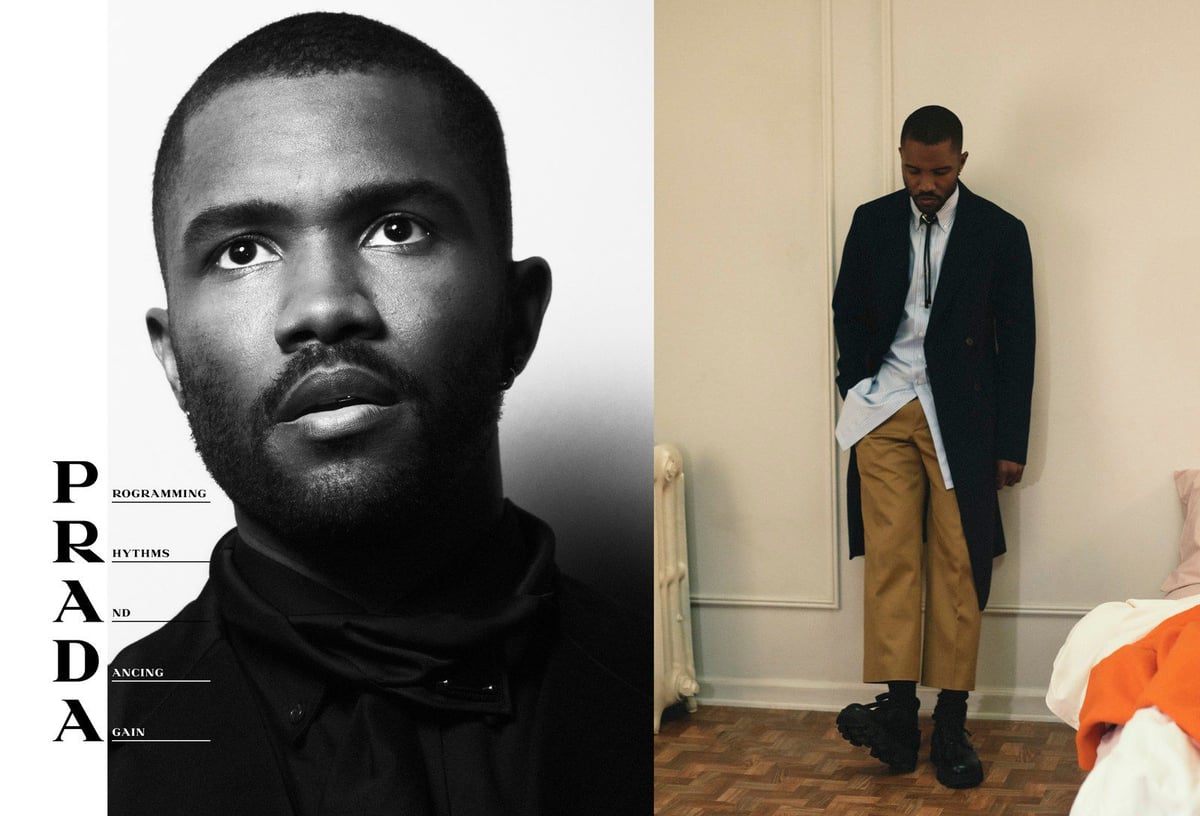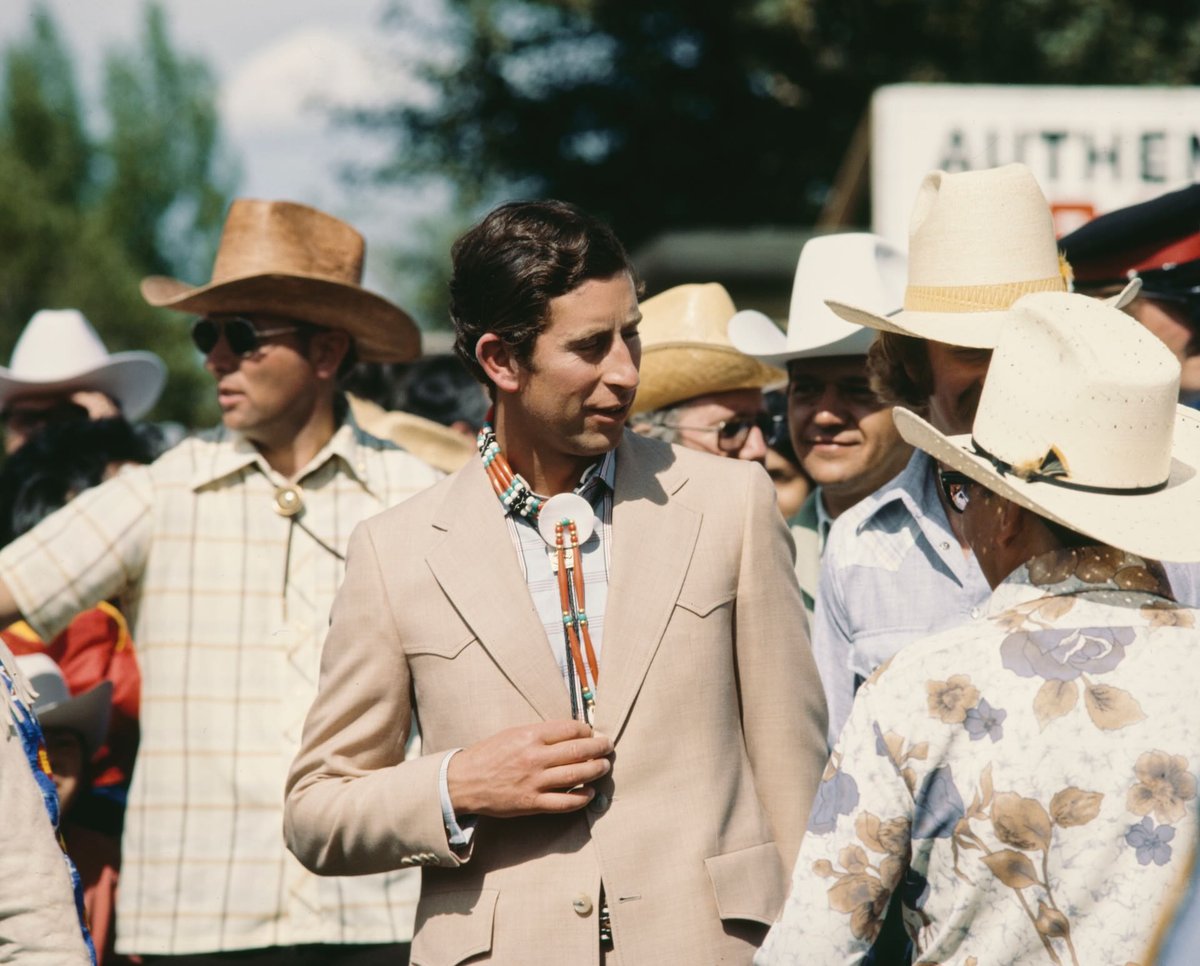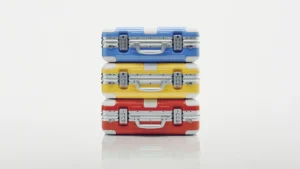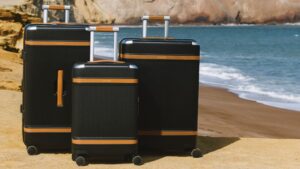Regardless of how you feel about Yellowstone — and the unrelenting creep of boredom brought on by the fifth season — it has showcased scenery and Americana at its very finest, leaving viewers yearning for life outdoors while fuelling a general interest in Western wear, and with it, how to wear a bolo tie. It has also delivered us one of the most idolised television characters of all time: Rip Wheeler.
As a stickler for men’s style executed correctly — without the temerity to call it out — one of my favourite lines from the show came in season 2 when Rip addresses Malcolm Beck’s (Neal McDonough) neckwear. After beating his two security guards half to death, Rip addresses Malcolm’s bolo tie, which is hanging loosely around his open-collared neck.
“That’s not the way you wear one of those.”
It’s an additional fuck-you from a man who fears no one, is attuned to details, and respects traditions.
This brings me to the neckwear in question — the bolo tie also known as the bola tie, gaucho tie, cowboy tie, string tie, bootlace tie, or bolo tie necklace has seen a recent resurgence in popularity thanks not only to shows like Yellowstone but also musicians like Rüfüs Du Sol’s Jon George, Post Malone, Lil’ Nas and Nick Jonas rocking bolo ties as a statement piece.
I’m not crediting these fellas solely, I’m sure their individual stylists had a lot to do with it, but when Prada embraced the bolo tie for their SS20 collection — and put it on Frank Ocean as the face of their menswear program — commentators were calling it SS20’s best accessory.

Interestingly, it’s not just high fashion brands leaning into the bolo tie revolution, which is refreshing given how gaudy Prada’s example is. Arbiters of cool, Jacques Marie Mage, renowned for producing amongst the best sunglasses in the world, recently collaborated with Turkish-born designer Umit Benan on a collection that boasted three bolo ties.
Jacques Marie Mage has sought inspiration from Native American craft for several collections, championing the American West in its products and overarching aesthetic. The JMM x Umit Benan capsule unites sunglasses, clothing and accoutrements that reinterpret classic Western attire, channelling the heroes of the French avant-garde. For rappers like Quavo, experimenting with the unexpected has brought the bolo tie to the attention of the masses.

History of Bolo Tie
The exact origin of the bolo tie is opaque. It’s believed that Native Americans were wearing shells or pieces of metal on strands connected under the neckline as early as the 1850s. In the late 1800s and early 1900s, scarf slides made out of leather or metal pieces, shells, claws, or animal teeth were popular attire for both natives and non-natives, including cowboys, by the 1920s and 30s.
Numerous people have claimed to have been the creator of the first official bolo tie. Among the many stories are two that stand out. One is about Manny Goodman, a New Mexico craft store owner who took inspiration from observing local Navajo, Hopi, and Zuni men wearing bandannas held in place with plaited leather strings. These were adorned with ornate clasps carved out of sheep bone or turquoise, often decorated in beadwork.
The second is that of Arizona silversmith Victor Cedarstaff, who filed a patent for his “Slide For a Necktie” back in May 1954 after his silver accented hat band came off his head while riding. Upon retrieving it he placed it around his neck, much to the delight of his fellow riders, and moved to commercialise the idea.
I like to think that regardless of the story, Victor’s hat band sported a silver detail crafted by or inspired by native people, with all roads leading to indigenous origins. One thing is for sure: we can thank American Southwest for the bolo tie.
From The West To West Hollywood
The bolo ties first came in from the West during the 1940s and were made fashionable by the many Western shows and movies being produced at the time. Naturally, the Western fashion movement also grew in popularity, advertised using “cowboy” neck attire and commercialised as “rodeo clothes” throughout the 1950s and 1960s. The earliest bolo-style tie appearing in a catalogue, in 1953-1954, was listed as “New… New… New… ‘String-A-Long’ Western Tie.”
On April 22, 1971, Governor Jack Williams signed legislation declaring the bolo tie as Arizona’s official neckwear of the state firmly rooting it in cowboy culture. From there, its popularity snowballed into the 1980s, chosen by cowboys from Arizona to Alberta, regular joes, and royals alike. Prince Charles embraced the bolo tie in various forms during his trip to Canada in 1977, photographed in both a traditional bolo tie and more decorative examples with formal wear.

Actors Parker Stevenson, Tom Cruise, and Patrick Swayze made the bolo tie a staple at A-list events, as did rock legend Bruce Springsteen. Robin Williams was a huge fan of the bolo tie, showcasing it as formal neckwear with a suit jacket or a casual accent with an Aloha shirt and other casual attire throughout the 1980s and early 90s.

By the mid-90s, its popularity had waned significantly. Unless you were style icon Robin Williams, who’d mastered it for a decade plus, wearing a bolo tie seemed to suggest you were either late to the party or had something to prove about your own, perceived, eccentric character. Perhaps it was Travolta’s Vincent Vega that put the final nail in the bolo tie coffin — the preferred neckwear of aloof and aging, heroin-addicted hitmen.
Despite its popularity amongst cowboys in North America, it has failed to make a huge impact in Australia — not even in the rodeo scene — which I find strange given the similarities with the atypical Aussie stockman. A quick Google search shows there’s clearly some appetite given how many people have searched for ‘R.M. Williams bolo tie.’
What Is A Bolo Tie?
Bolo ties typically consist of three components: a cord or braided leather string, decorative metal tips or aglets, and an ornamental clasp or slide that holds the cord together.
Generally, the cord tips of the material will be finished in metal while the ornamental clasp can be crafted from various materials, including gold, silver, turquoise, onyx, or other gemstones and beads. Both the choice of material and intricate craftsmanship involved in creating these clasps add to their visual appeal and their cost.
How To Wear A Bolo Tie
While the bolo tie would have been deemed unconventional in the early 2000s, today, it slides into the cultural zeitgeist as fluidly as ugly trainers or the gorp-core movement. Traditionally, it was worn in formal, semi-formal or casual wear occasions, or with a wedding or casual suit as an alternative to the corporate necktie.
Now, fewer rules apply. If you’re confident enough to wear a bolo tie, then power to you.
The non-negotiable foundation for wearing bolo ties is a collared shirt. There are shirt designs made specifically for use with a bolo tie that include a small loop that secures the tie neatly up under the collar but they aren’t essential. Denim is a natural accompaniment in the form of a denim jacket or chambray shirt.
- Put on your collared shirt ensuring that the collar is raised and the loop (if present) is visible.
- If you have a loop, pass the braided leather cord through the loop. If not slip the bolo tie over your head. The slide should hang down vertically, while the cord rests around your collar.
- Tighten the bolo tie by sliding the decorative slide up the cord, flipping your collar back over the cord once snug. Finish tightening so the tie rests slightly above your sternum, allowing the slide to be visible. Don’t make Rip Wheeler mad by wearing a loose bolo tie.
- Arrange the cord ends as preferred, either symmetrically or nonchalantly draped at heights of your choice.
- Ensure that the bolo tie sits straight and centred. Adjust the position of the slide if necessary.
- Straighten your collar and make any additional adjustments to the bolo tie as needed.
RELATED: How To Tie A Perfect Tie Knot
Choosing A Bolo Tie
Perhaps the most crucial part of wearing a bolo tie properly is not over-styling it with Western accoutrements. You must find a balance between the bolo tie slide and the rest of your outfit while considering the dress code. A statement piece can work but will need to be paired back, while a casual bolo tie with a more subtle design can add a touch of considered detail to a louder ensemble.
Like a handstitched necktie from the likes of Sevenfold or Vanda Fine Clothing, my recommendation would be to treat your bolo tie like a work of art. Invest in a piece that will make you interesting for the right reasons, not because you desire to be noticed for it. Look for a classic bolo tie with a story, an interesting construction technique or material or a bolo tie that has been designed by a genuine silversmith with Navajo ties.
There are so many styles of bolo ties from cattle skulls for that stereotyped western look to classic bolo ties crafted by traditional bolo tie artisans. Picking the right bolo tie also depends on your budget. At the top end, I recommend looking at 1st Dibs and Etsy. Both sites have an incredible selection of unique vintage bolo ties that can run anywhere from $40,000 down to $400. Etsy is also great for affordable bolo ties under $200, however, the bolo ties are noticeably more mass-produced. eBay, specialist and estate auction sites, as well as retailers specialising in Native American artisans, are also great places to look online for bolo ties.
Finally, and perhaps most importantly, the Heard Museum Shop (or browsing in person at the annual Heard Museum Guild’s Indian Fair + Market) brings together America’s preeminent American Indian artists who make authentic bolo ties. Alternatively, the Chavez Studio team will work on a commission basis designing and creating something entirely bespoke to accompany formal wear. The American Southwest is also a great place to hunt for bolo ties in person, visiting thrift stores and Western fashion ateliers.
Check out the selection of bolo ties below and add some Western flair to your latest fit.
Vintage Hopi Sunface Bolo ($195)

Native American Zuni Bolo Tie ($370)

Prada Leather Bolo Tie ($745)

Albert Nells Multi-Stone Bolo (~$960)

Charlie John Silver & Turquoise Bolo (~$1136)

Navajo Inlaid Bolo ($1,956)

Dallasvuyaoma Hopi/Pima Bolo Tie Exquisite ($4,252)

And while not for sale, I found this bolo tie that belonged to Patrick Swayze featuring an image of the Native American fertility god Kokopelli.
Swayze wore this bolo tie on numerous occasions, including while performing on stage with Larry Gatlin during the Roy Orbison Tribute Concert for the Homeless in 1990, and during a performance of his hit song ‘She’s Like the Wind’ on Dutch television.
It’s a lovely example accompanied by an additional bolo tie slide of ivory and silver with a pair of loose aglets (metal cord tips), and sold at auction for $1,000 back in 2017.

















